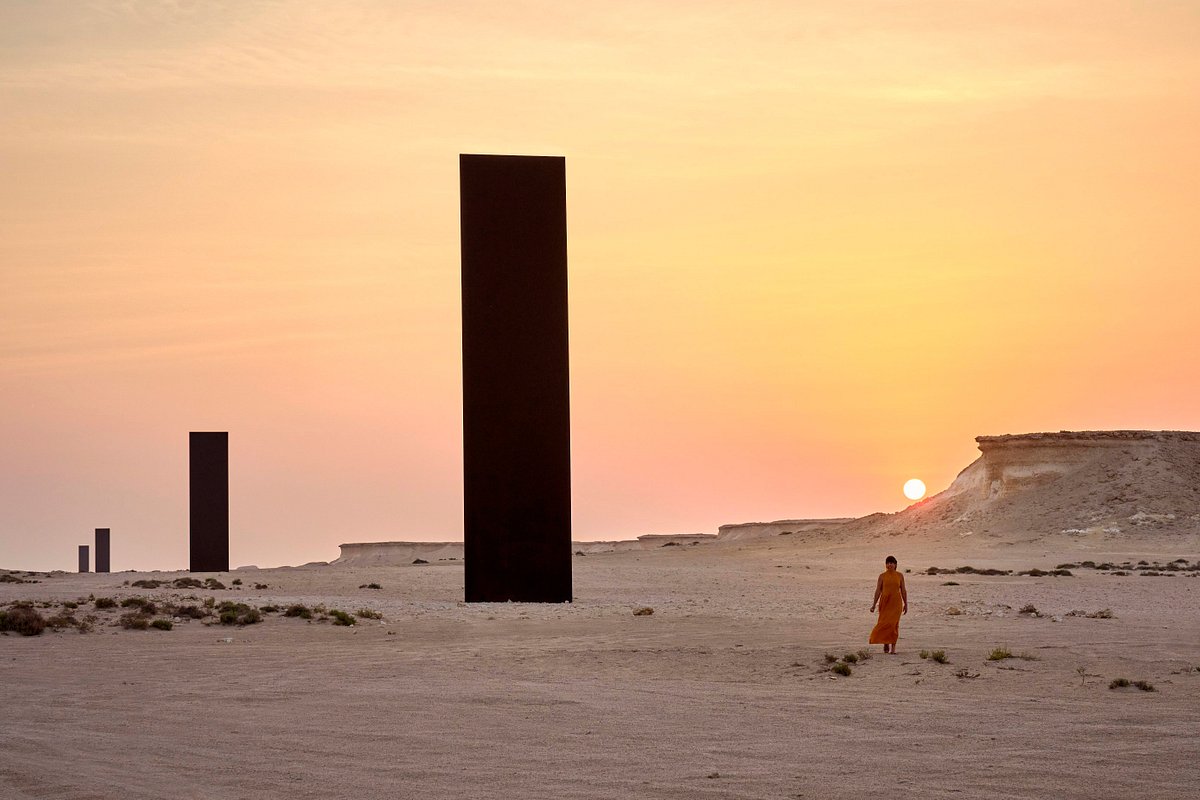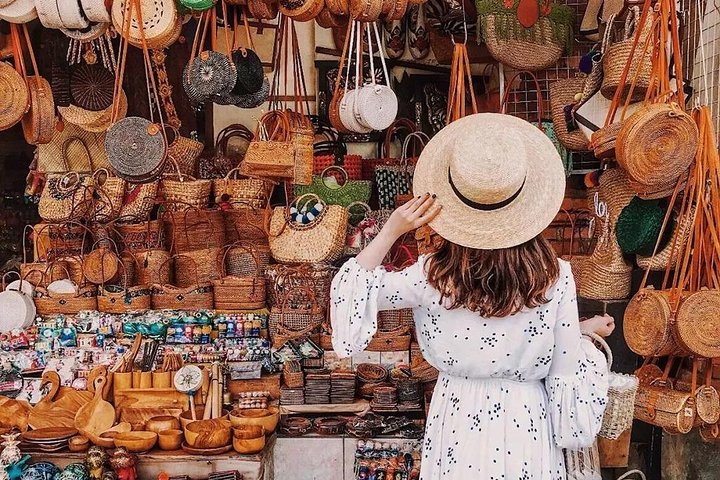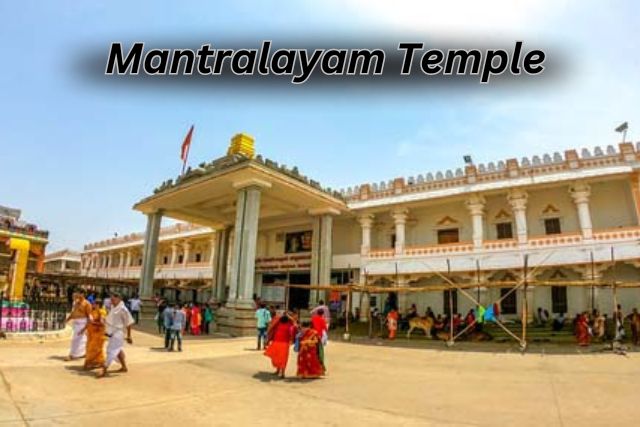Tucked away in the western reaches of Qatar lies Zakreet, an area that blends natural beauty, cultural heritage, and contemporary art in a unique landscape. The Zakreet East West- West East art installation by renowned artist Richard Serra is one of the key highlights of this region, attracting art lovers, adventurers, and nature enthusiasts alike. This article delves into the marvels of Zakreet, exploring its natural landscapes, historical significance, and the awe-inspiring East-West/West-East installation.
The Landscape of Zakreet
Zakreet, located about 80 kilometers west of Doha, is characterized by its stunning desert landscape, dramatic rock formations, and pristine beaches. The area is a perfect example of Qatar’s diverse geography, offering visitors a striking contrast to the urban hustle of the capital city.
Rock Formations and Desert Landscapes
One of the most captivating features of Zakreet is its unique rock formations, which have been sculpted by natural forces over thousands of years. The wind-carved limestone formations create a surreal and almost otherworldly atmosphere, making it a popular spot for photographers and nature enthusiasts. The vast expanse of the desert, with its rolling dunes and rugged terrain, adds to the area’s allure, offering a sense of tranquility and isolation.
Dukhan Beach
Near Zakreet lies Dukhan Beach, a beautiful stretch of coastline that provides a perfect escape for those seeking relaxation and adventure. The clear blue waters and soft sandy shores are ideal for swimming, sunbathing, and picnicking. The beach is also a great spot for snorkeling and diving, with its rich marine life and coral reefs waiting to be explored.
Historical Significance
Zakreet is not only a natural wonder but also a place of historical importance. The area is home to several archaeological sites that shed light on Qatar’s ancient past.
Film City
One of the most intriguing sites in Zakreet is Film City, a replica of an old Arabian village built as a film set for a television series. While the exact purpose and details of the set remain shrouded in mystery, Film City has become a popular tourist attraction. The site features traditional-style buildings, narrow alleyways, and courtyards, offering visitors a glimpse into what life might have been like in an ancient Qatari village. Exploring Film City feels like stepping back in time, with the silent, deserted streets adding to its eerie charm.
Old Qatari Settlement
Close to Film City is an old Qatari settlement that dates back to the early 20th century. The remnants of mud-brick houses, mosques, and wells provide valuable insights into the traditional way of life in Qatar before the advent of modern development. Walking through the ruins, visitors can imagine the daily lives of the people who once inhabited this remote area, relying on their ingenuity and resilience to survive in the harsh desert environment.
East-West/West-East by Richard Serra
The East-West/West-East installation by Richard Serra is undoubtedly the crown jewel of Zakreet. This monumental art piece, commissioned by the Qatar Museums Authority, has become a symbol of Qatar’s commitment to contemporary art and culture.
The Installation
Unveiled in 2014, East-West/West-East consists of four steel plates, each standing 14 meters tall. The plates are arranged in a straight line spanning over a kilometer across the desert landscape, creating a striking visual contrast with the surrounding natural environment. The installation’s simplicity and scale are characteristic of Serra’s work, which often explores the relationship between art, space, and viewer perception.
Concept and Significance
Richard Serra’s East-West/West-East installation is a profound statement on the interaction between art and nature. The towering steel plates, weathered and rusted, blend harmoniously with the desert landscape, appearing as if they have always been a part of it. The installation invites viewers to reflect on their surroundings, encouraging a deeper appreciation of the natural world and our place within it.
The alignment of the plates, stretching from east to west, symbolizes the connection between different cultures and the passage of time. As visitors walk along the installation, they experience a journey that is both physical and contemplative, moving through the vast expanse of the desert while pondering the intersection of art, history, and nature.
Visiting Zakreet and East-West/West-East
A visit to Zakreet and the East-West/West-East installation is a must for anyone seeking to explore the rich cultural and natural heritage of Qatar. Here are some tips and recommendations for making the most of your visit.
Getting There
Zakreet is accessible by car, with a drive of approximately 80 kilometers from Doha. The journey takes about an hour and a half, passing through scenic desert landscapes and small villages. It is advisable to use a four-wheel-drive vehicle, as the terrain can be challenging, especially when venturing off-road to reach the more remote areas.
Best Time to Visit
The best time to visit Zakreet is during the cooler months, from November to April, when the weather is more pleasant for outdoor activities. Early mornings and late afternoons offer the best lighting for photography and a more comfortable experience, avoiding the midday heat.
What to Bring
Visitors should come prepared with plenty of water, sunscreen, and appropriate clothing for the desert environment. A hat, sunglasses, and sturdy footwear are also recommended. Bringing a camera is essential to capture the stunning landscapes and the East-West/West-East installation.
Guided Tours
For those who prefer a more structured experience, guided tours are available. These tours often include visits to Film City, the old Qatari settlement, and other notable sites in the area, providing valuable insights and historical context. A guided tour can enhance the overall experience, offering a deeper understanding of Zakreet’s significance and the story behind the East-West/West-East installation.
Conclusion
Zakreet, with its unique blend of natural beauty, historical significance, and contemporary art, offers a truly unforgettable experience for visitors. The East-West/West-East installation by Richard Serra stands as a testament to the power of art to transform and elevate our perception of the world around us. Whether you’re an art enthusiast, history buff, or nature lover, Zakreet promises an adventure that will inspire and captivate your senses. Discover the wonders of Zakreet and embark on a journey that bridges the past, present, and future in the heart of Qatar’s stunning desert landscape.
For more info




